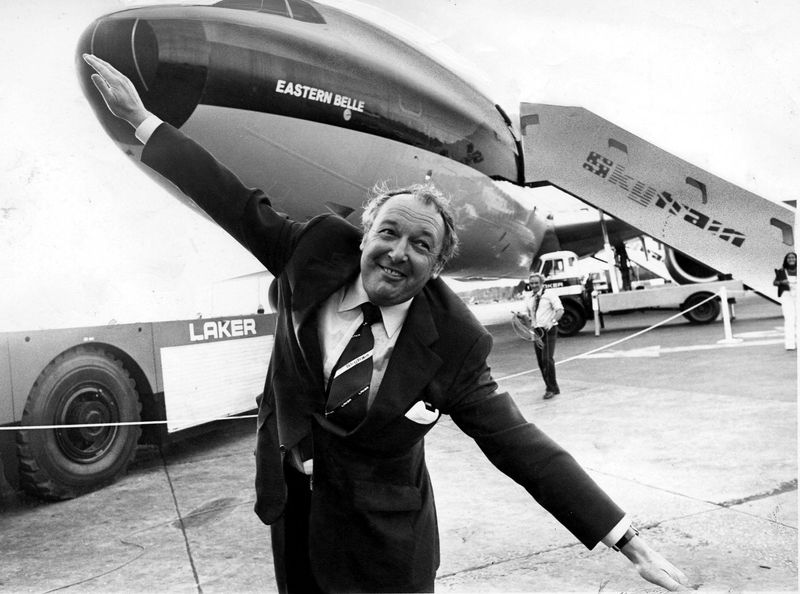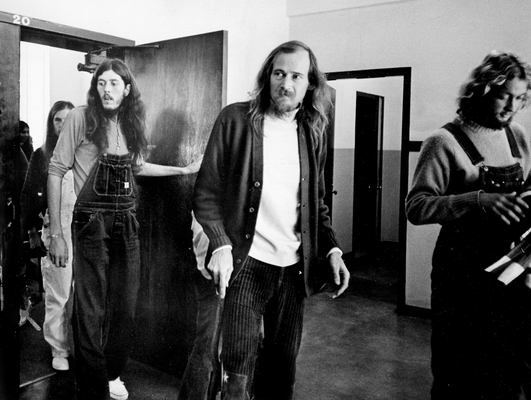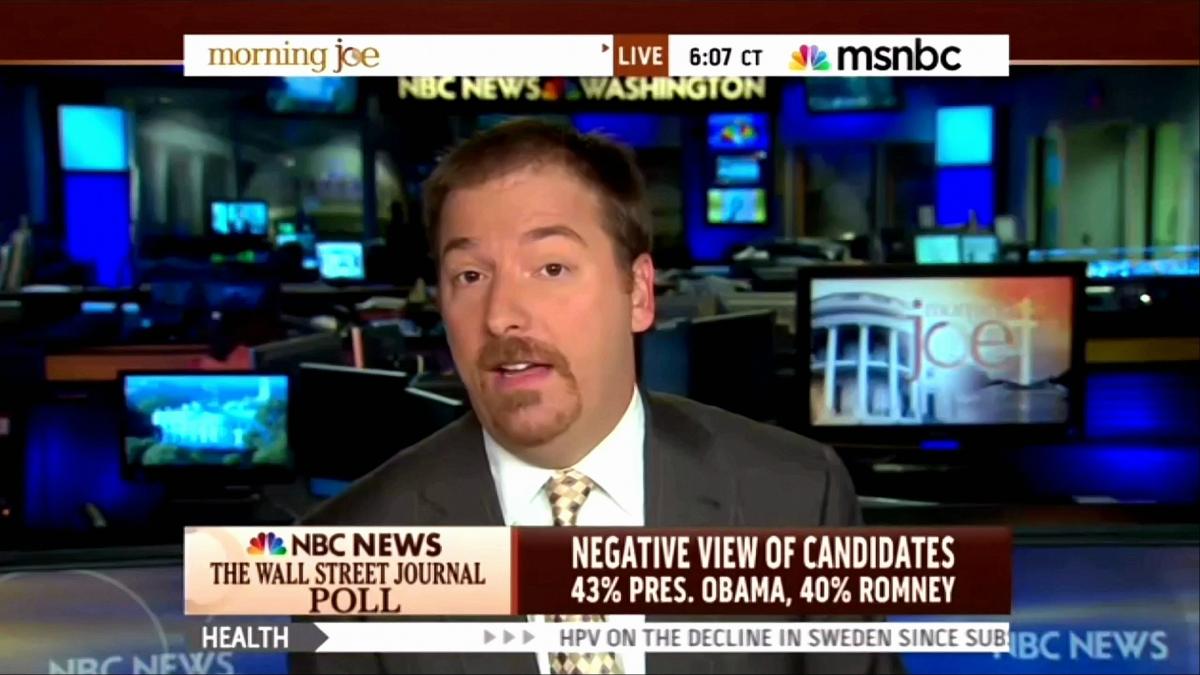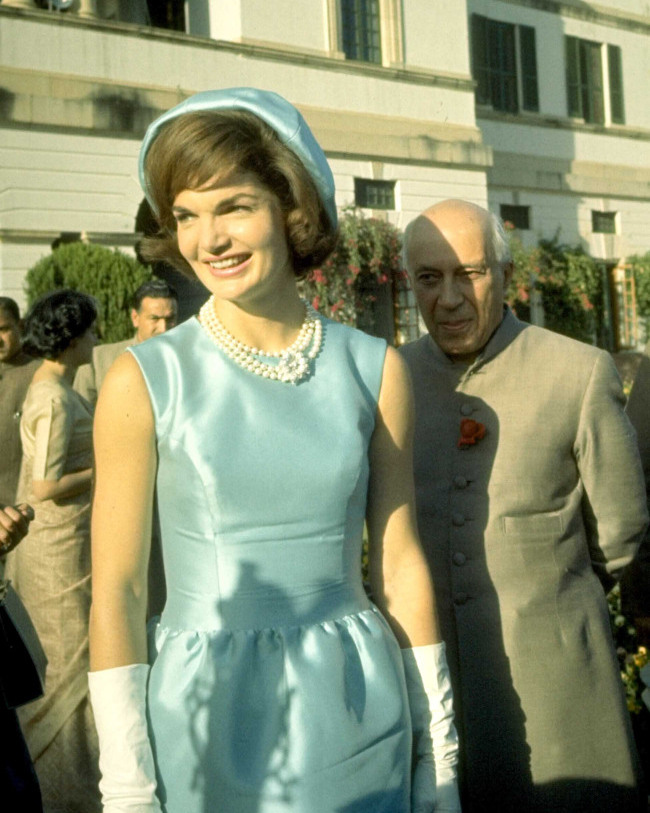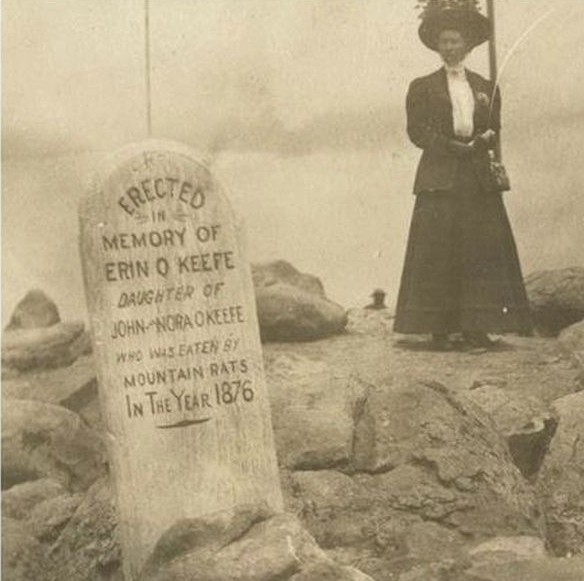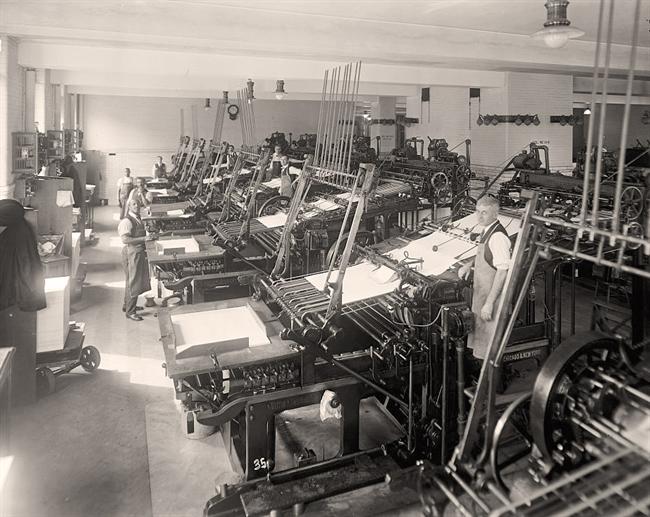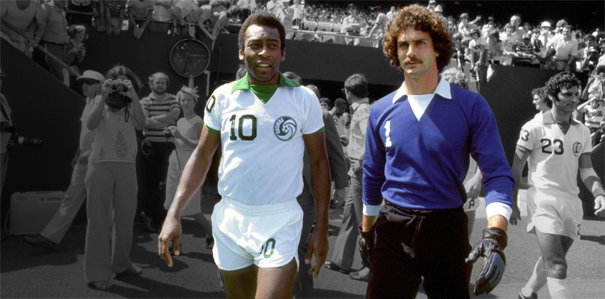Interesting numbers from two unrelated Pacific-Standard pieces: Almost 90% of all pig reproduction on American farms is done via artificial insemination, and Las Vegas gambling is responsible for $900 million in social costs. Excerpts follow.
________________________
The opening of Sujata Gupta’s “Pig Sex Is Becoming a Thing of the Past“:
“Timon the boar (named after the character in the Lion King) runs around a pen full of young sows. The sows, known as gilts because they have yet to bear piglets, start squealing and frantically pacing the pen. Timon’s job is to identify gilts who are coming into heat and ready to breed. While most of the gilts run away from him, some freeze up, a sign that they’re ready for his advances. As a sow adopts the appropriate stance, Timon realizes this could be his big moment—but alas, Joey Galligan, the intern at Thomas Parsons’ research lab at the University of Pennsylvania School of Veterinary Medicine, swoops in with an almost two-foot-long catheter and artificially inseminates the gilt. Timon is led back out of the room.
Three decades ago, Timon would have had much better luck. Only two to four percent of pig farmers used artificial insemination in the 1980s, says Tim Safranski, the state swine breeding specialist at the University of Missouri in Columbia. Today that figure is closer to 90 percent.
In the 1990s, Safranski and other swine experts began arguing that the time was ripe for shifting the industry over to artificial insemination. Sex was just too inefficient. Letting pigs do things the old-fashioned way meant that a single boar’s ejaculation impregnated just one sow at a time. With artificial insemination, the same sperm could impregnate dozens of sows. With the need for boars thus reduced, farmers would be able to use semen from only the most genetically superior boars. The resulting piglets would be much more similar. Uniformity is important in the meat industry, explains Parsons, because ‘if we sit down to dinner at a restaurant, both order a pork chop and yours is twice as big as mine, I might go away unhappy.'”
________________________
From Jake Blumgart’s “Why Opening a Casino Is a Terrible Idea“:
“It is true that both Las Vegas and Atlantic City were able to do a lot with their effective monopolies on legal gaming, although not without social costs. The Indian Gaming Regulatory Act of 1988 also did some good in a unique context, chiefly due to the intensity of economic depression among tribal populations and the fact that much of the profits will theoretically be re-invested in those communities.
But no matter how often pundits and boosters use the term ‘Las Vegas-style casinos,’ the fact is that most communities will never experience the kind of economic boost given to Clark County or South Jersey. Las Vegas and Atlantic City were unique because they dominated a market defined by scarcity. Their customers were mostly out-of-towners who would not have otherwise spent money in the region. Tens of thousands of unionized working class jobs were sustained by a steady flow of tourist and convention dollars, cushioning both regions from capital flight and the low-wage economy. Even if other markets could emulate these successes, they came with a price. More casinos also mean more problem gamblers, some research suggests, with all the costly social ills that accompany them. There is very strong evidence that proximity to casinos increases the incidence of problem gambling. University of Las Vegas research in 1999 found that 6.6 percent of Clark County residents admitted to having a gambling problem, which is far higher than anywhere else in the country, while a fifth reported that a family member struggled with the addiction. Suicide, divorce, bankruptcy, and crime rates are all unusually high, as Sam Skolnik describes in his book, High Stakes: The Rising Cost of America’s Gambling Addiction. The chapter on Vegas is subtitled ‘Problem Gambling Capital of the World’ and notes that a preeminent gambling researcher thinks the annual social costs for Clark County could be up to $900 million.
In any case, there is only one Las Vegas.”


